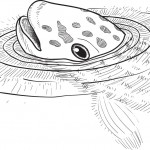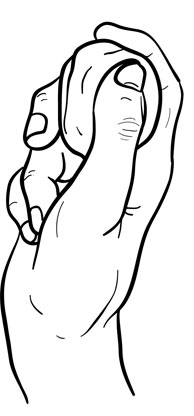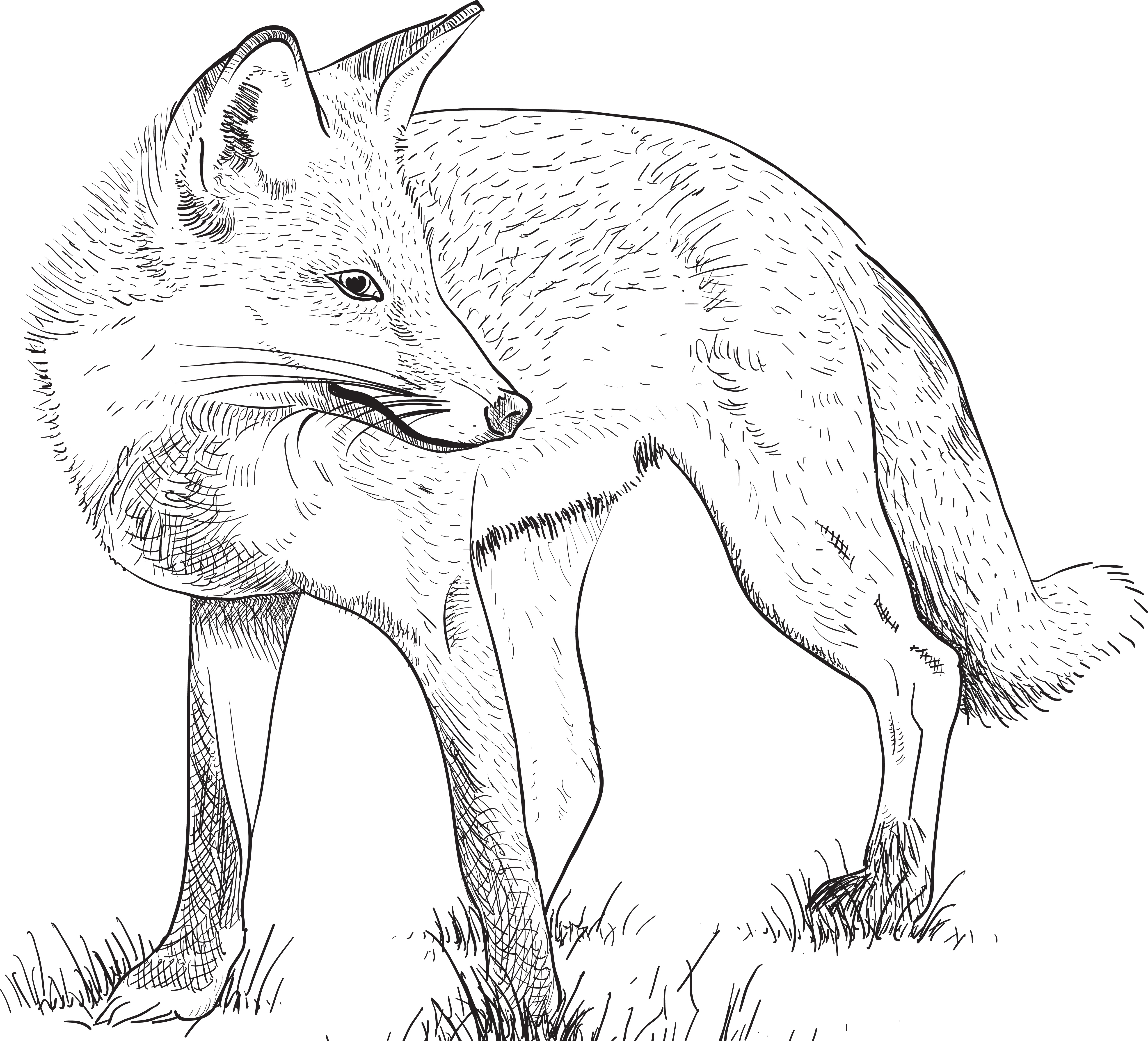 The spectacular Nidderdale in North Yorkshire lies a little west of (and inexplicably outside) the Yorkshire Dales National Park. Yet, as we found, this relatively unexplored land more than repays with breathtakingly uninterrupted views and undiscovered, delicious treasures of the season: elderberries.
The spectacular Nidderdale in North Yorkshire lies a little west of (and inexplicably outside) the Yorkshire Dales National Park. Yet, as we found, this relatively unexplored land more than repays with breathtakingly uninterrupted views and undiscovered, delicious treasures of the season: elderberries.
We strode out from the village of Lofthouse, following the river Nidd north. The autumn sun shone weakly but reliably in an unending blue sky and ungainly pheasants grown fat for the shoot clucked angrily out of the grasses and trees as if fired from cannons. Through the occasional, remote farmyards and up a steep path to the side of the dale, elder flanked us in thick fringes, hemming in the old track we walked on. Like stumbling into a vineyard, each trees’ fruits drooped with the weight of miniature liquid, red-wine-black clusters.
It was an opportunity too good to miss. We liberated two large paper bags, gratefully guzzling the pork pies they contained, and set about filling them with the rich fruit. Perhaps it was the altitude and the fresh breeze, but these berries were untouched by birds and soon both bags were full to burst.
 Aside from the obvious boon of being free and plentiful, elderberries are incredibly good for you. As well as containing Vitamins A, B and C, they are pumped full of the antioxidant anthocyanin, said to cleanse the blood of toxins and free radicals, improve circulation, reduce swelling, alleviate cold and flu symptoms and boost memory.
Aside from the obvious boon of being free and plentiful, elderberries are incredibly good for you. As well as containing Vitamins A, B and C, they are pumped full of the antioxidant anthocyanin, said to cleanse the blood of toxins and free radicals, improve circulation, reduce swelling, alleviate cold and flu symptoms and boost memory.
Also found in red, blue and black fruit, like blackberries, grapes and red cabbage, anthocyanin is a darling of the nutrition world at the moment. Although bland when picked straight from a tree, the berries can easily be made into a healthy cordial that, when mixed with a little water, can be enjoyed hot or cold with a slice of lemon.
We returned to the car via Scar House reservoir watching breathtaking sunsets frame lone trees on the horizon. Night had fallen as we shed boots and wound drove down the valley avoiding the suicidal pheasants. Sat by the warmth of the log burner we used a fork to remove the berries and put them on to boil with enough water to cover them completely. After thirty minutes simmering and stirring occasionally, we poured, squashed and sieved the elderberry broth into a bowl, creating a reservoir of black liquid reminiscent of Scar House reservoir’s dark waters.


To create the famous ‘Cowen & Critchley’s Elder Tonic Cordial’ it was a simple matter of adding 400 grams of granulated sugar, the juice of half a lemon, seven cloves and a thick slice of ginger for every pint of elderberry juice and putting it all back to simmer for an hour. When bottled in glass that has been boiled thoroughly in clean water, cordial prepared like this will last all year round.
Toasting the successful stroll, we drank in the rich aromas of the hot cordial letting Nidderdale’s elderberries nourish our bodies as effectively as its views had our minds.













 We were in woods filled with hazel, birch, oak, hawthorn, holly, ash, lime. Broad green canopies that sheltered us from the sun, dappling the forest floor as birds struck up melodious conversation.The lanes were replete with bluebells, wild strawberries, campion and orchids and restorative strolls through them to the pub after dinner left us both returning to London feeling energised and renewed. It is easy to knock this country and if you only analyse its landmarks or ‘tourist destinations’ you may be left with a negative skew. Scratch the surface by doing something different and a world of beauty and fascination awaits.
We were in woods filled with hazel, birch, oak, hawthorn, holly, ash, lime. Broad green canopies that sheltered us from the sun, dappling the forest floor as birds struck up melodious conversation.The lanes were replete with bluebells, wild strawberries, campion and orchids and restorative strolls through them to the pub after dinner left us both returning to London feeling energised and renewed. It is easy to knock this country and if you only analyse its landmarks or ‘tourist destinations’ you may be left with a negative skew. Scratch the surface by doing something different and a world of beauty and fascination awaits.


